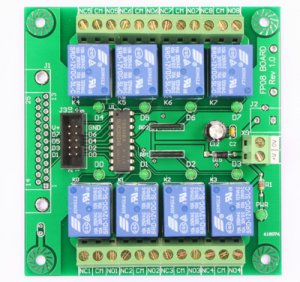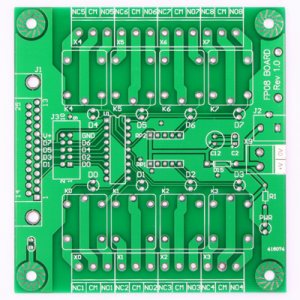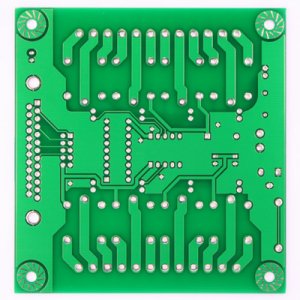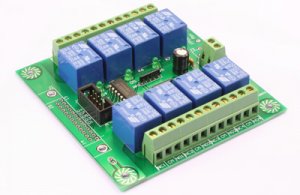Sawdustguy
Well-Known Member
Why in your parts listing do you specify a 2"x6" SS pipe(S4N2x6), but the part number you specified is a 2"x10"(S4NX10) piece of SS tubing?
It was a transcription error. I meant to type 2" x 10" but had a brain fart.

Why in your parts listing do you specify a 2"x6" SS pipe(S4N2x6), but the part number you specified is a 2"x10"(S4NX10) piece of SS tubing?
Why in your parts listing do you specify a 2"x6" SS pipe(S4N2x6), but the part number you specified is a 2"x10"(S4NX10) piece of SS tubing?
Is this an actual concern or only theoretical masturbation?
jwright,
That's a very good question regarding scorching the wort with a RIMS system.
Curious what others will say.
I know with HERMS it would be safer in that respect....but a much more involves setup.
Thanks guys!
That is what I was hoping to hear.
Is it really so simple - I can add a pump and a RIMS unit to my existing cooler mash tun with a bazooka tube and have automated electric mash temperature control?
Great guide.
jason
PS. now where is that HERMS for dummies?
Sawdustguy,
I'm kinda afraid to ask this, but regarding #41, 42. Any chance you did have the nipple length correct at 6"? I'm looking at your beautiful pictures, and I can't see how that is a 10" long pipe. Knowing that the tee ports are 2", it just doesn't map out. The 7" long element would fit easily once you add 2 of the 4" long tees. I keep going back to the pictures, and looking at several other threads and have seen several others using the 6" nipples. I hope you could clarify.
FWIW, you have finally swayed me over to the RIMS camp. I really wanted to go HERMS for several reasons. One, I already had extra copper coil, so the cost would have only been a couple of fitting. Second, I was hoping to gain HLT temperature automation as a freebie. Third, intuitively, the indirect heating used in the HERMS seemed more ideal.
After reading what seems like 200 pages of posts and may good natured 'discussions', I can not discount the experience of you and the many supporters of RIMS. With all of those batches under the collective belt, and the years of experience here on HBT --now I believe, I believe! So by spending a little more money to go RIMS, I can untether my MLT from my HLT, simplify the brew day process and have a future project to look forward to (automated HLT).
Thanks again to everyone who keeps helping others,
Jason
Could I use a Ranco control in place of the PID, relay, and temp sensor? I already have a Ranco and thermowell that I'm not using.
I bought the parts to make this but do you recirc without vorlouf or will the grains mess up the pump until it starts to run clear? My plan is to run water until I hit mash temps then dough in and recirc until I hit mash temps in my 5 gallon cooler w/false bottom then turn it off and move it to heat my sparge water and do the same thing until I get to mash out temps. Thanks
Issue is that it may tend to overshoot the set temperature.
the ranco is an on/off thermostat and PID control how much power goes to the heater so it will be full blast until it gets to a set point then reduce the power so it doesnt overshoot the temp then it will apply just enough power to keep it at that temp i.e autotune. So a ranco is good for like freezers and frig that has to run as an on/off due to the motor but certain type of heaters doesn't like water heater element so you can use a PID or proportional thermostat which takes reading every x milliseconds and adjusts the output accordingly.
whats a good flow rate 1 quart/min and should I do a thin mash? thanks
If you look at the head pressure flow chart for the March 809 if you have 3 feet of head you are barely going to get 0.5 gallons of flow from that pump. Am I reading this wrong?
Sawdust Guy; I was just reading in another thread here about issues with the Water Heater Elements straight threads not working so well with NPT threads... Is that an issue here? The parts I ordered should arrive today and I was wondering if I am going to have an issue putting my element (I ordered the extra low watt element), into the 2x1" bushing?
Thanks
Ed
Most US current is 60Hz, so I guess with 3 ft of head, the flow rate would be about 2.5 gallons. I'm guessing that is the maximum, so any other restrictions would lower that.
Of course, I may be reading the chart wrong.
Sawdust Guy; I was just reading in another thread here about issues with the Water Heater Elements straight threads not working so well with NPT threads... Is that an issue here? The parts I ordered should arrive today and I was wondering if I am going to have an issue putting my element (I ordered the extra low watt element), into the 2x1" bushing?
Thanks
Ed
You need to use the o-ring that comes with the element, plenty of teflon tape, and screw in the element tight.
For instance, I like the strain relief and the fact the electrical connections are protected but you can still access them (as opposes to being potted in epoxy).
While it may not apply so much to the RIMS heater (but maybe it could) I also like the way he used the silicon o-ring and slightly larger washer to get a seal and still be able to get metal to metal to tighten the components.
I really like Kal's electrical design too. But, I'm not a fan of his approach to a water-tight connection for the heating elements. Properly applied, epoxy is the most secure, water-tight connection possible.
Not sure if you noticed, but he purchased 1" nuts with an o-ring groove but, for some unknown reason, opted not to take advantage of the o-ring on the inside of the kettle. Instead, he chose to seal the back of the heating element with a washer, o-ring, and silicone. While this works, it's not the best approach.
Based on my experience, the best approach is to use a 1" nut (with o-ring groove) with the o-ring installed on the inside of the kettle. Teflon tape is more than adequate to seal the threads. Perfect water-tight seal that seals from the inside-out.
Kal, if you're reading this, I hope you don't take offense. Your setup is very slick.
To stay on topic here, I'm thinking of using a similar method (mounting the electrical connections of the heating element in a box) for the RIMs heater that Sawdustguy designed. This also allows you to attach a ground to the box.







Thanks for the wright up. Question though, How much fluid do you leave in the RIMS heater/pump/piping when you transfer to the kettle?
I've been considering a RIMS setup for my christmas/bday present to myself, with the exception that I was going to use a brewtroller. Now that you've updated your thread, it'll just make my life even easier.
Quick question - why did you decide to control the pump via the brewtroller? Just to make things neater, or was there some other consideration? I don't see a float switch or anything else in the diagram.
Enter your email address to join: